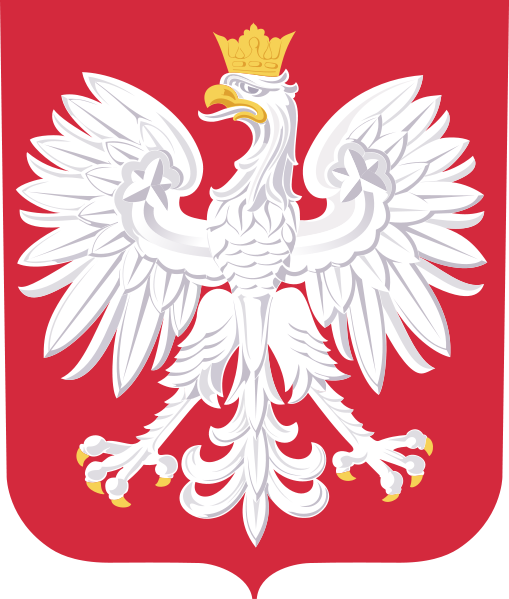The project provided a comprehensive analysis of how papal authority functions in the digital media landscape, how it is consumed by media and platform users, and how it is mediated through these channels. The first step in the project involved constructing a media representation of the papacy, as portrayed by streaming platforms, YouTube, and news portals. Notable examples include Netflix and HBO productions, which highlight the tension between maintaining the Church's traditional way of life and adopting a new, less stable approach. This tension is framed around three archetypes of the papacy: the convert, the inquisitor, and the wanderer. Artistic depictions of the papacy are presented in two ways: one emphasizes a stable past, while the other points toward an uncertain future. On one side, there is nostalgia for the traditional, rigorous papacy, and on the other, a vision of a modern papacy, seen as a middle ground between tradition and progress. The discourse found on YouTube and news portals transforms this artistic portrayal into a real-world debate.
A central focus of further analysis was examining how Catholic media users expressed and negotiated papal authority, and the media platforms they used for this. The analysis identified distinct groups of users, both traditional and post-Vatican II Catholics, who differed in their behaviors and media preferences. On the one hand, this review highlights the various ways Catholic users engage with papal authority in the context of hybrid media and platforms. On the other hand, it allows for the comparison of different categories of users and their respective theoretical approaches to authority.


















